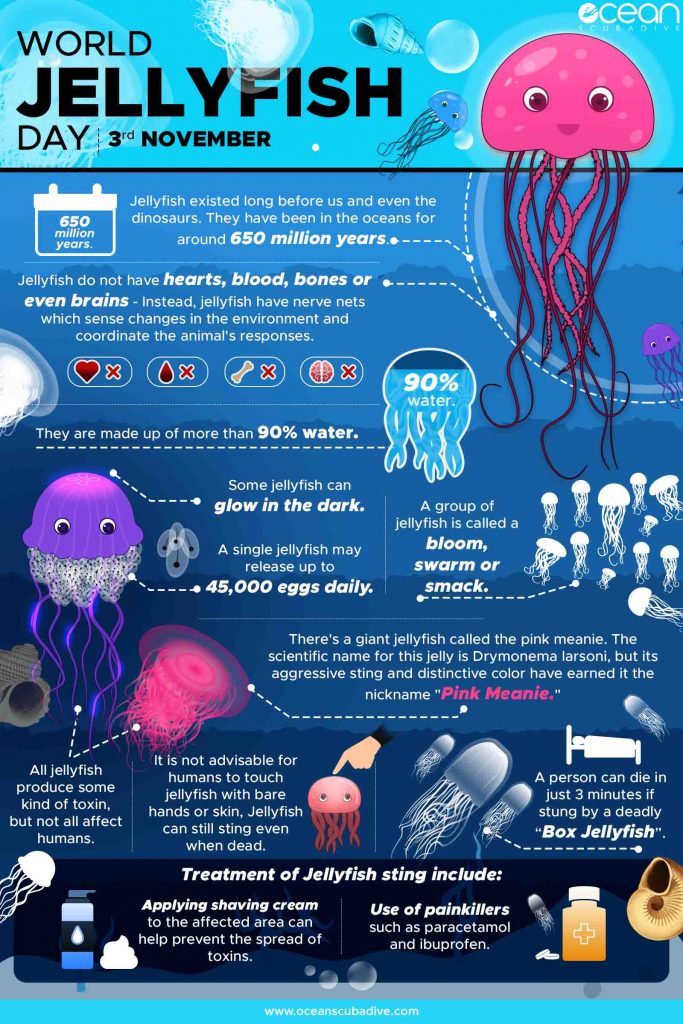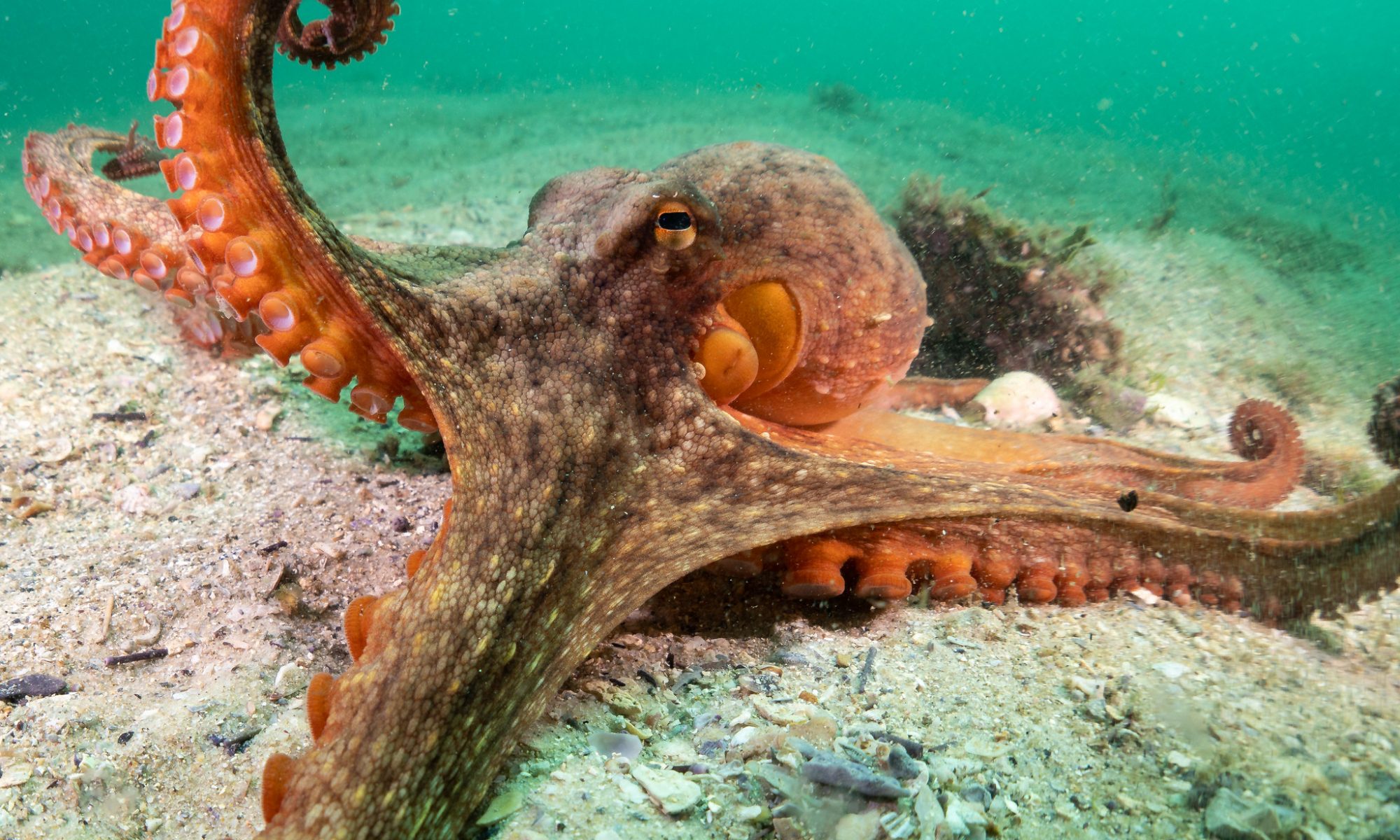Jellyfish are in the phylum Cnidarians an ancient group of animals with a history of more than 650 million years. The word Cnidarian comes from the Ancient Greek: knide = nettle, named after a type of plant with stinging hairs. They have soft, hollow bodies, live in water and generally have tentacles.
Fun Fact: Moon Jelly can age backwards! They can revert back into polyp stage and then regrow into an adult again. Moon Jellies can also regenerate lost body parts.

Jellyfish: snack food of the sea
Jellyfish were once thought to be at the end of the food chain because they are have low nutritional content. New research shows that many species rely on Jellyfish as part of their diet including penguins, albatross, tuna, turtles, crabs and benthic microbes. Some animals even time their oceanic migrations to coincide with expansive jellyfish blooms like the Leatherback Turtle.
Concerns have been raised about the explosive growth of Jellyfish populations due to climate change, overfishing, nutrient runoff, and habitat modification. However this could be a positive in areas where fish and krill are in decline, as the importance of Jellyfish as a food source for marine animals will increase.
Find out more about these amazing animals
Did you know: the Bluebottle, Physalia utriculus is not a single animal but a colony? It is a colony of four kinds of zooids that are dependent on one another for survival.
- The float pneumatophore is a single individual and supports the rest of the colony.
- The tentacles dactylozooids are polyps concerned with the detection and capture of food and convey their prey to the digestive polyps.
- The digestive polyps gastrozooids breaks down the food
- The reproduction polyps gonozooids
Happy World Jellyfish Day

